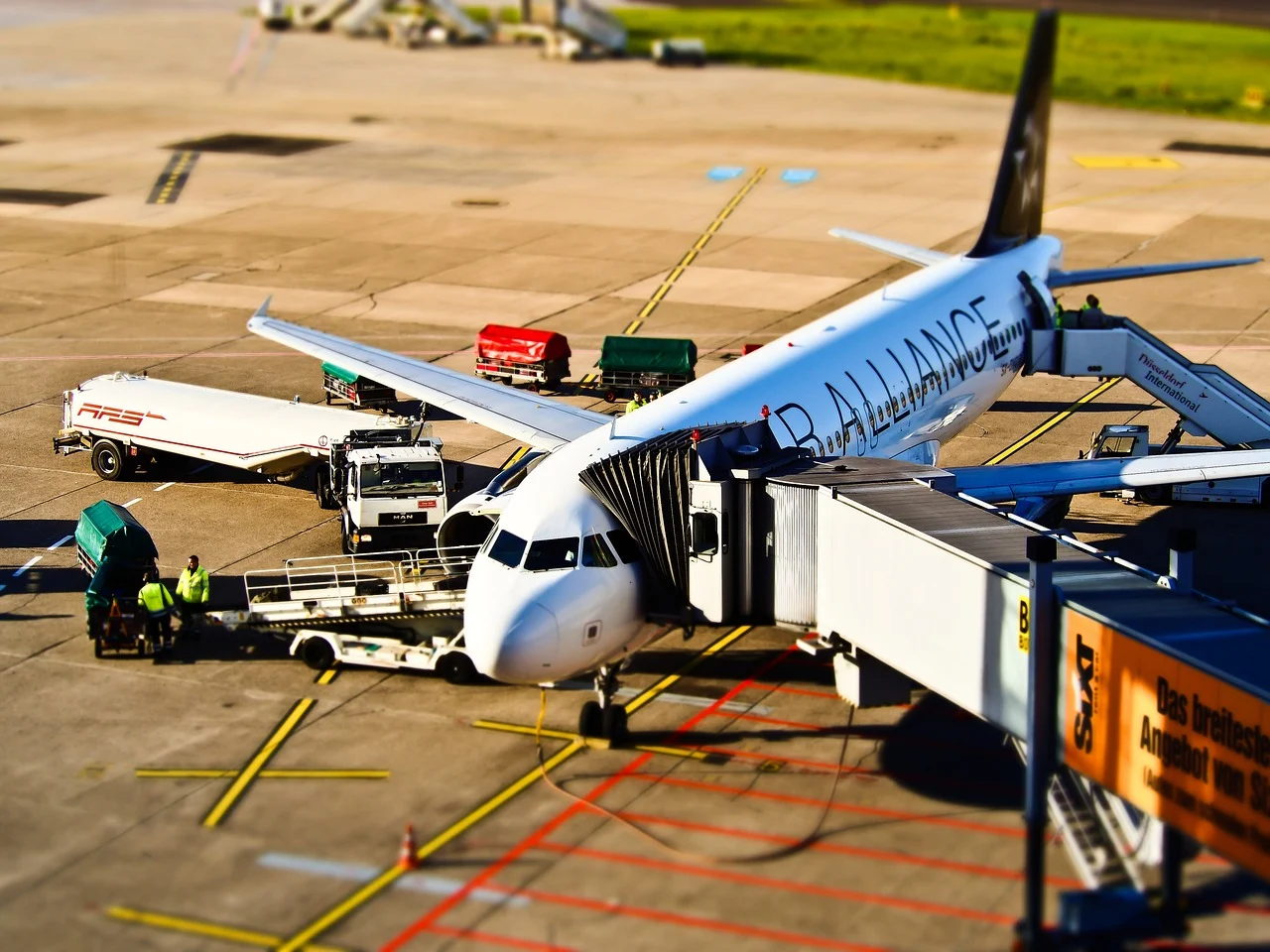
Aircraft turnaround is a critical process in aviation, ensuring that planes are ready for their next flight swiftly and safely. But what exactly happens during this time? Aircraft turnaround involves a series of coordinated tasks like refueling, cleaning, and loading passengers and cargo. These activities must be completed efficiently to avoid delays. Did you know that a typical turnaround time for a commercial flight can range from 30 minutes to over an hour? The speed and precision required are astonishing. From ground crew to cabin staff, everyone plays a vital role. Curious about the intricate details? Let's dive into 20 fascinating facts about aircraft turnaround that will leave you amazed!
Key Takeaways:
- Aircraft turnaround is the process of getting a plane ready for its next flight. It involves refueling, cleaning, and safety checks, all done in a tight 30-60 minute window.
- Technology and teamwork are crucial in making aircraft turnaround efficient. Automated systems and real-time data sharing help streamline the process, ensuring a safe and timely departure for passengers.
What is Aircraft Turnaround?
Aircraft turnaround refers to the process of preparing an aircraft for its next flight after it has landed. This involves a series of coordinated tasks to ensure the plane is ready for departure as quickly and safely as possible. Here are some fascinating facts about this crucial aspect of aviation.
-
The average turnaround time for a commercial aircraft is about 30-60 minutes. This tight schedule requires precise coordination among various teams.
-
Ground handling staff play a pivotal role in turnaround operations. They handle tasks like refueling, cleaning, and loading baggage.
-
Refueling an aircraft can take anywhere from 15 to 30 minutes, depending on the size of the plane and the amount of fuel needed.
-
Cleaning crews often have less than 15 minutes to tidy up the cabin, restock supplies, and ensure the aircraft is ready for new passengers.
-
Baggage handling is a complex task involving unloading arriving passengers' luggage and loading the new passengers' bags. This process must be completed swiftly to avoid delays.
Safety Checks and Maintenance
Safety is paramount in aviation, and several checks and maintenance tasks are performed during the turnaround process to ensure the aircraft is in top condition.
-
Pilots and co-pilots conduct a walk-around inspection to check for any visible damage or issues with the aircraft.
-
Maintenance crews perform routine checks on critical systems like hydraulics, avionics, and landing gear to ensure everything is functioning correctly.
-
Any minor repairs or adjustments needed are typically addressed during the turnaround to avoid delays in the flight schedule.
-
The aircraft's tires are inspected for wear and tear, and tire pressure is checked to ensure safe takeoff and landing.
-
The aircraft's brakes are also inspected and, if necessary, serviced to ensure they are in optimal condition.
Passenger and Crew Preparation
Preparing the aircraft for passengers and crew is another essential aspect of the turnaround process. This involves several tasks to ensure everyone on board has a safe and comfortable flight.
-
Flight attendants conduct a thorough check of the cabin to ensure all safety equipment is in place and functioning correctly.
-
The aircraft's galley is restocked with food, beverages, and other supplies needed for the flight.
-
The lavatories are cleaned and restocked with necessary supplies like toilet paper, soap, and paper towels.
-
The in-flight entertainment system is checked to ensure it is working correctly and ready for passengers to use.
-
The boarding process is carefully coordinated to ensure passengers board the aircraft efficiently and safely.
Technological Advancements in Turnaround
Technology plays a significant role in streamlining the turnaround process, making it more efficient and reducing the likelihood of delays.
-
Advanced software systems help coordinate the various tasks involved in turnaround, ensuring everything is completed on time.
-
Automated baggage handling systems speed up the process of loading and unloading luggage, reducing the risk of delays.
-
Electronic checklists and communication tools help pilots and ground crews stay organized and ensure all necessary tasks are completed.
-
Real-time data sharing between the aircraft and ground crews allows for more efficient planning and execution of turnaround tasks.
-
Innovations in aircraft design, such as more accessible cargo holds and quicker refueling systems, have also contributed to reducing turnaround times.
Final Words on Aircraft Turnaround
Aircraft turnaround is a fascinating mix of precision, speed, and teamwork. From refueling to cleaning, every step counts to ensure flights stay on schedule. Ground crews hustle to unload luggage, restock supplies, and perform safety checks. Pilots and flight attendants also play crucial roles, coordinating with ground staff to get everything ready for the next set of passengers.
Understanding these processes gives us a new appreciation for the complexity behind every flight. Next time you're at the airport, take a moment to notice the flurry of activity around the plane. It's a well-oiled machine working to get you to your destination safely and on time. So, next time you fly, remember the hard work and coordination that goes into every turnaround. It’s not just about getting from point A to point B; it’s about the journey behind the scenes.
Frequently Asked Questions
Was this page helpful?
Our commitment to delivering trustworthy and engaging content is at the heart of what we do. Each fact on our site is contributed by real users like you, bringing a wealth of diverse insights and information. To ensure the highest standards of accuracy and reliability, our dedicated editors meticulously review each submission. This process guarantees that the facts we share are not only fascinating but also credible. Trust in our commitment to quality and authenticity as you explore and learn with us.


